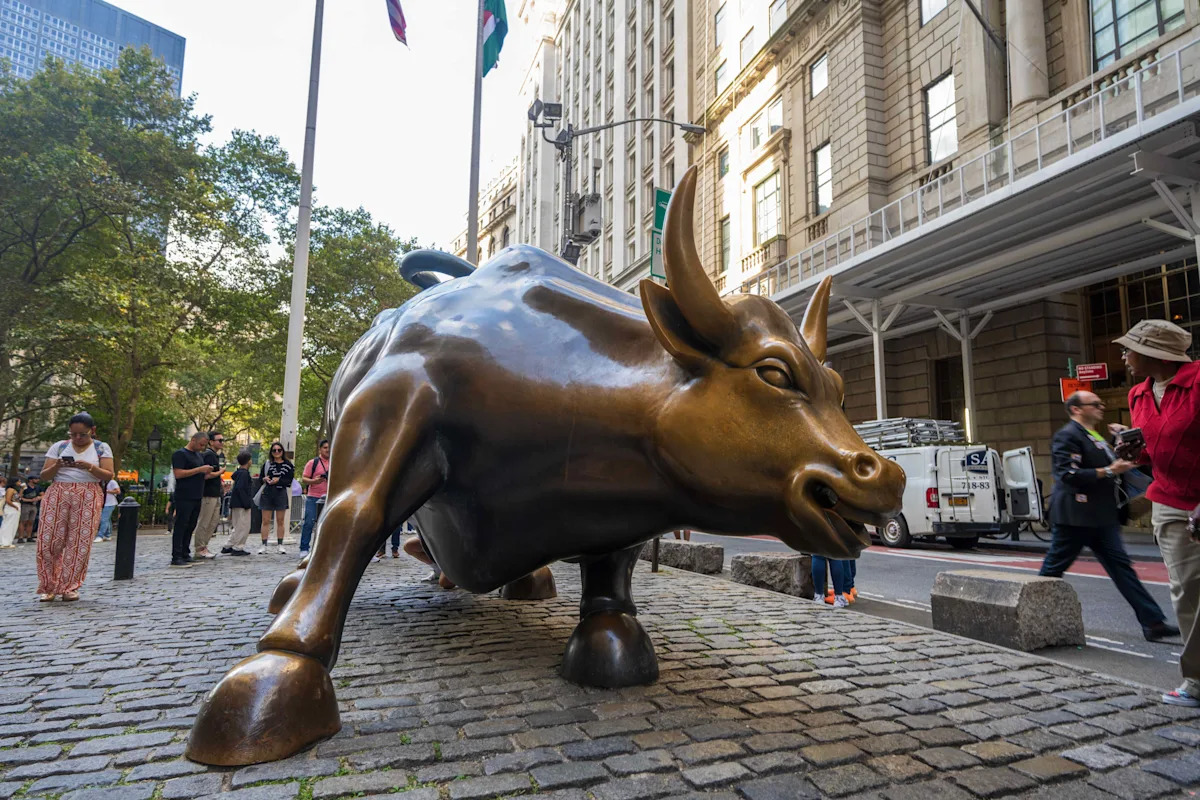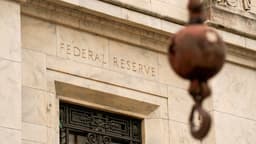Home / Business and Economy / Stocks Tipped to Rise Further in 2026 with Fed, Trump, and Retail Backing
Stocks Tipped to Rise Further in 2026 with Fed, Trump, and Retail Backing
16 Nov
Summary
- Bank of America expects stocks to keep climbing into 2026 with support from Fed, Trump, and retail investors
- Strategist sees "bubble in expectations," not a financial bubble, behind recent market weakness
- Signals to sell may come from bank stocks or credit spreads, but not until May 2026

According to a recent research note from Bank of America, stocks are poised to maintain their momentum well into 2026, with support from the Federal Reserve, the Trump administration, and retail investors.
Michael Hartnett, Chief Investment Strategist at BofA Merrill Lynch Global Research, argues that a "bubble in expectations," not an actual financial bubble, lies behind the market's recent weakness. He cites the government's efforts to backstop markets, optimism about the Fed's quantitative easing, and the tailwind from tax cuts and tariff dividend checks as factors that have propped up the markets.
Hartnett sees three key reasons why stocks will regain their strength in the coming year. First, he points to the "Fed put," the belief that the central bank will ease monetary policy to support financial markets. Second, there's the "Trump put," referring to the White House's desire to have a roaring economy and stock market heading into the 2026 midterm elections. Finally, the "Gen Z put" - the retail investors whose fear-of-missing-out mentality has made them reliable dip-buyers.
These factors, combined with a "goldilocks" economic setup defined by declining interest rates, steady profit growth, and AI-driven productivity gains that moderate inflation, should keep the market chugging along, Hartnett wrote. However, he expects the signs to sell will come from bank stocks or credit spreads, which would reflect investors' unease with rising debt levels as the Fed slows the pace of its monetary policy easing. According to Hartnett, those risk-off signals aren't likely to flash before May 2026.




